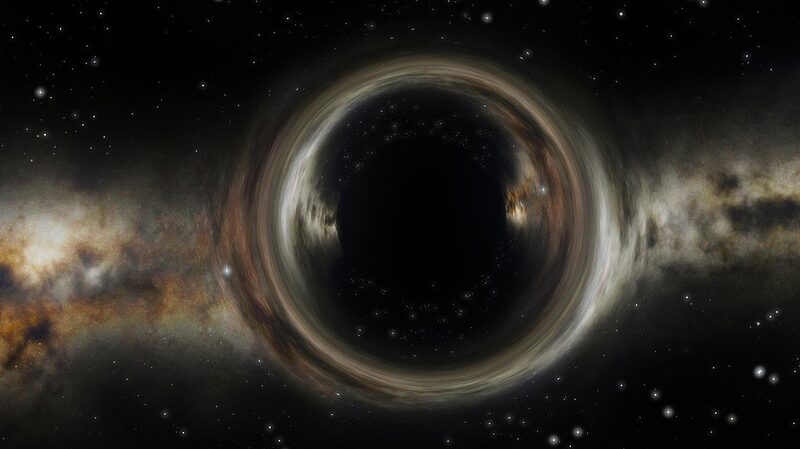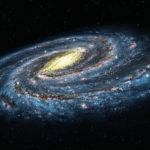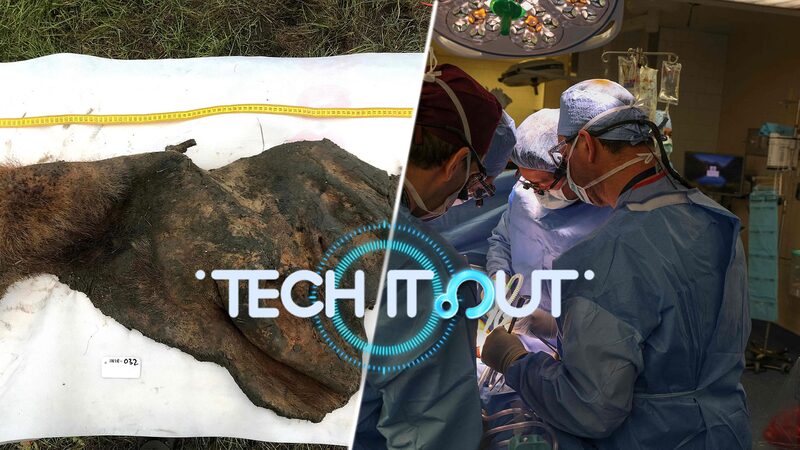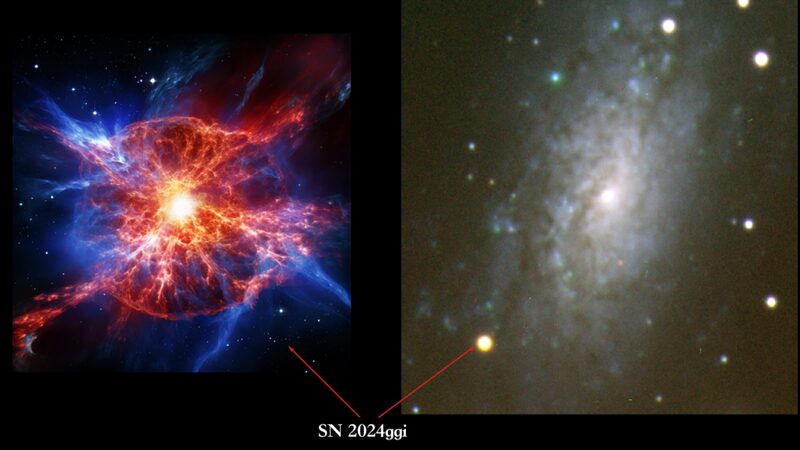In a cosmic breakthrough that sounds straight out of a sci-fi blockbuster, Chinese astronomers have found the smoking gun evidence for intermediate-mass black holes (IMBHs)—the universe’s 'Goldilocks' black holes that’ve eluded scientists for decades. 🕳️🔭
The Space Detective Story
Using data from Europe’s Gaia spacecraft and China’s LAMOST telescope, researchers spotted a star named J0731+3717 racing away from the M15 star cluster at 550 km/s—fast enough to circle Earth 12 times in a minute! 🚀💨 This celestial speedster, tossed out 20 million years ago, holds chemical fingerprints linking it directly to M15, closing the case on whether the cluster hides an IMBH.
Why This Matters
IMBHs are the missing link between small star-born black holes and supermassive giants like Sagittarius A*. Think of them as the middle child of cosmic evolution—vital but overlooked until now. 🌟 'This discovery is like finding a cosmic breadcrumb trail,' said study co-lead Huang Yang, explaining how a black hole’s gravity likely ripped apart a binary star system, flinging J0731+3717 into space.
The Bigger Picture
With new data pouring in from telescopes worldwide, scientists like Peking University’s Zhang Huawei predict more runaway stars will soon spill secrets about these elusive IMBHs. Next stop? Solving how supermassive black holes grew so big, so fast. 🔍🪐
Reference(s):
Chinese scientists find proof of intermediate-mass black holes
cgtn.com




